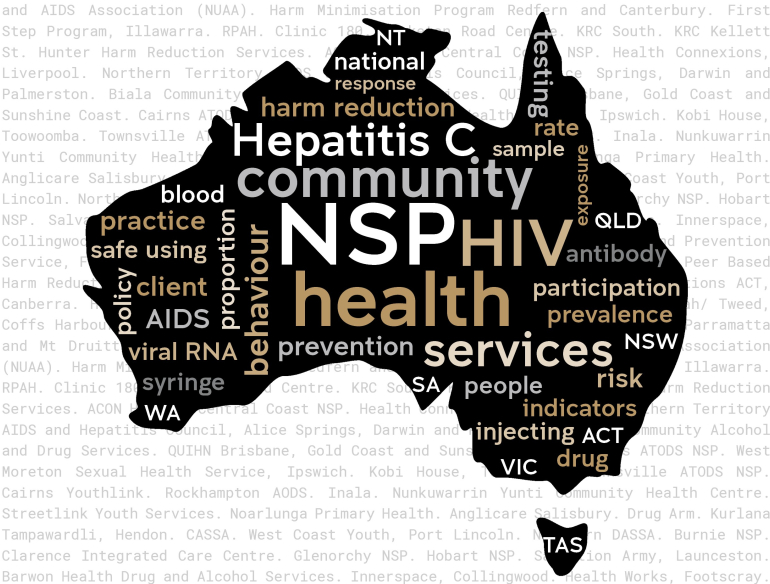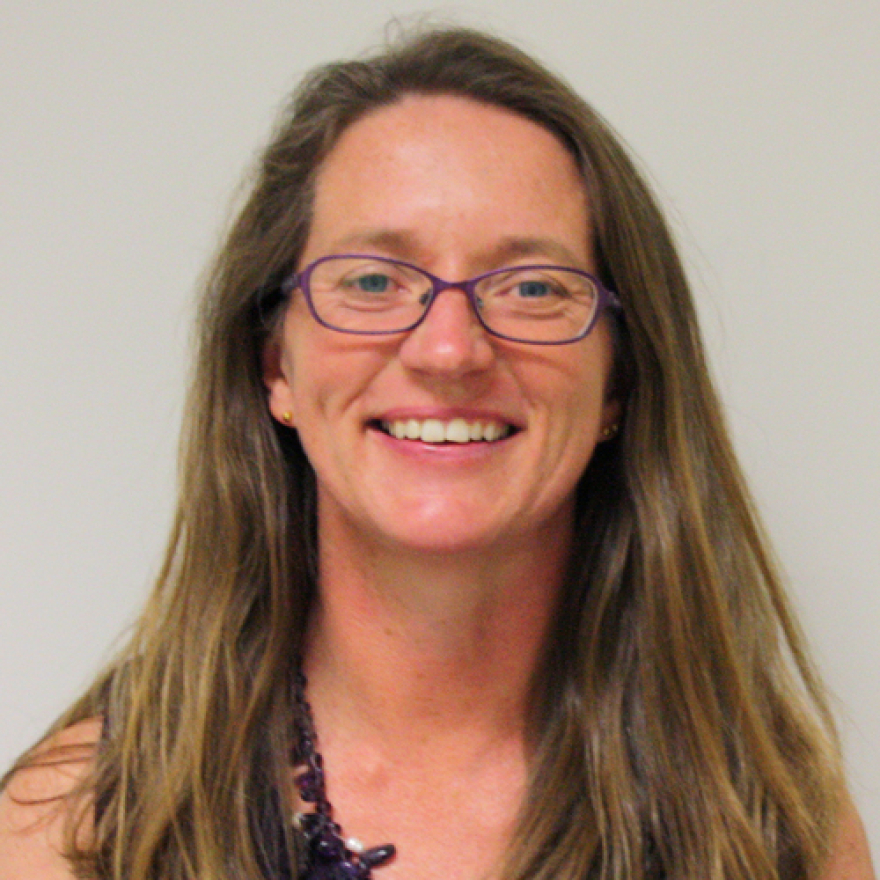Key findings
- In 2022, 53 Australian Needle Syringe Programs (NSPs) participated in the ANSPS and 1,781 NSP attendees completed the survey. The response rate was 34%.
- As a sentinel surveillance system with the capacity to respond to emerging issues, the 2020, 2021 and 2022 ANSPS surveys included a module about COVID-19 related impacts, including vaccination uptake. In 2022, 82% of respondents reported receiving at least one dose of a COVID-19 vaccine, including 46% reporting three or more doses and 29% reporting two doses.
- HIV antibody prevalence remained low and stable nationally, ranging from 1.5% to 2.5% over the period 2018 to 2022.
- HCV antibody prevalence declined from 45% in 2018 to 32% in 2022, while the proportion of respondents with detectable HCV RNA declined from 20% in 2018 to 12% in 2022.
- Among respondents assessed as eligible for HCV treatment, the proportion who reported a lifetime history of HCV treatment increased, from 55% in 2018 to 68% in 2022.

